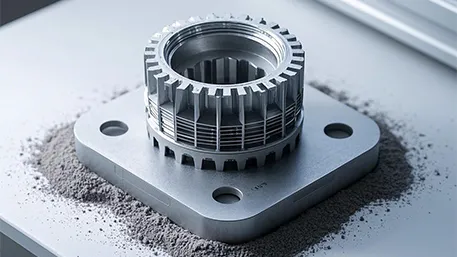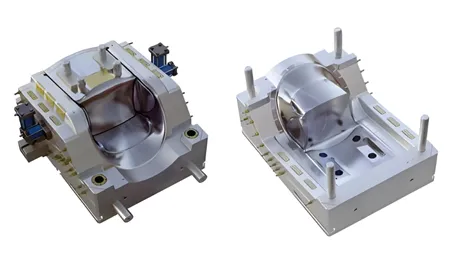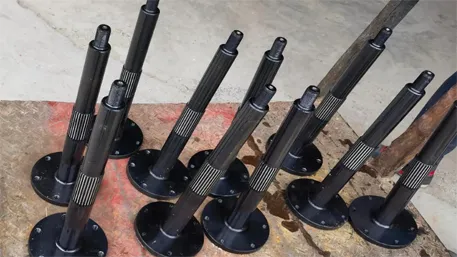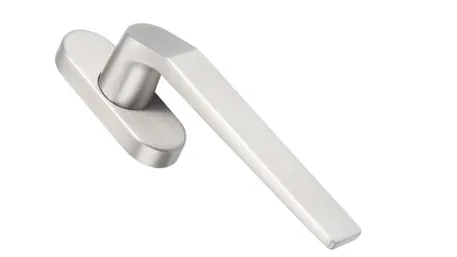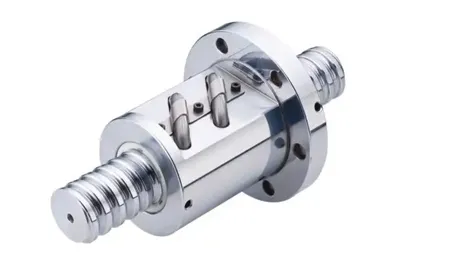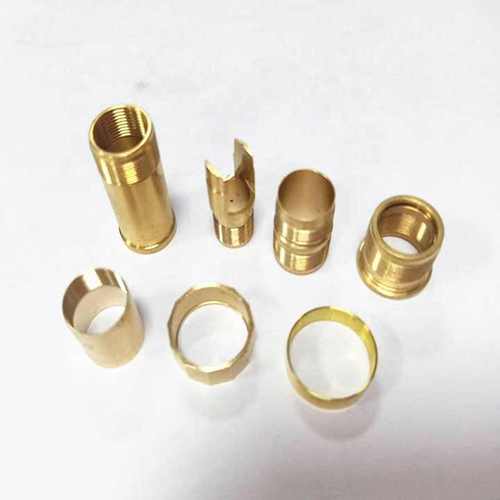
1. Biomimetic Design: Let Nature Cut Your Material Bills
Instead of defaulting to rectangular blocks, study how bones and plant structures optimize load-bearing with minimal mass. A hexagonal honeycomb pattern embedded in aluminum brackets reduces material usage by 22% while maintaining 95% strength5. Tools like topology optimization software (e.g., Altair Inspire) now automate this process—clients at a German robotics firm saved €18,000/year by adopting spiderweb-inspired motor mounts.
2. Machine Learning’s “Gut Feeling”: Predictive Scrap Reduction
Train AI models on historical scrap data to predict tool wear before it ruins parts. A California aerospace supplier reduced titanium waste by 15% using vibration sensors paired with neural networks—the system auto-adjusts feed rates when tool deflection exceeds 0.03mm. Bonus: These models improve with every job, mimicking a veteran machinist’s intuition.
3. The Coffee Grounds Revolution: Sustainable Material Blends
Why pay 8/kgforvirginABSwhenrecycledcompositesmixedwithagro−wastework?ADutchstartupusescoffeehusk−reinforcedPLA(cost:8/kgforvirginABSwhenrecycledcompositesmixedwithagro−wastework?ADutchstartupusescoffeehusk−reinforcedPLA(cost:3.2/kg) for non-structural components. Testing shows 80% lower carbon footprint and 12% faster machining due to reduced melting points.
4. Modular Fixturing: LEGO for Metal
Ditch custom jigs. Systems like Schunk VERO-S allow reconfigurable clamping with ±0.01mm repeatability. One Ohio factory slashed fixture costs by 40% using 12 base plates and 50 modular components to handle 300+ part variants5. Pro tip: Anodize connectors to survive 10,000+ reconfigurations.
5. Distributed Manufacturing: The Airbnb Model for CNC
Platforms like Jiga.io connect buyers with underutilized machines globally. Data shows idle CNC mills in Texas can produce aluminum brackets 18% cheaper than crowded Shanghai workshops—shipping included. Bonus: Blockchain-based quality tracking reduces inspection costs by 30%.
6. Predictive Maintenance 2.0: Fix It Before It Breaks
IoT-enabled coolant sensors detect bacterial growth (the real killer of tools) 72hrs before failure. A Minnesota plant increased tool life by 20% by monitoring pH and viscosity in real-time. Formula: Replace coolant when viscosity drops below 12.5 cSt ±0.5.
7. Lightweighting Through Controlled Defects
Contrary to perfectionism, strategically placed micro-voids (via adjusted spindle harmonics) can reduce part weight by 15% without compromising integrity. Inspired by Swiss cheese, this method cut energy consumption by 9% in a BMW suspension component trial.
CNC Customization FAQ
Q: How to make small-batch CNC affordable?
A: Use distributed manufacturing platforms (e.g., Jiga) and modular fixturing. Batches of 50-100 units often cost 35% less than traditional setups.
Q: What materials offer the best cost-performance ratio?
A: Recycled aluminum alloys (6061-T6) and coffee husk-PLA composites balance sustainability and machinability.
Q: How to accelerate delivery without premium charges?
A: Prioritize shops with 5-axis machines—they complete complex parts in 30% fewer operations.
Q: Can AI really replace DFM engineers?
A: Not yet, but tools like Autodesk Fusion 360’s Generative Design automate 70% of design-for-manufacturability checks.
Final Thought
Cost-cutting isn’t about austerity—it’s about smarter resource orchestration. From bacterial warfare in coolant tanks to defect engineering inspired by Emmental cheese, the future belongs to those who machine differently.

